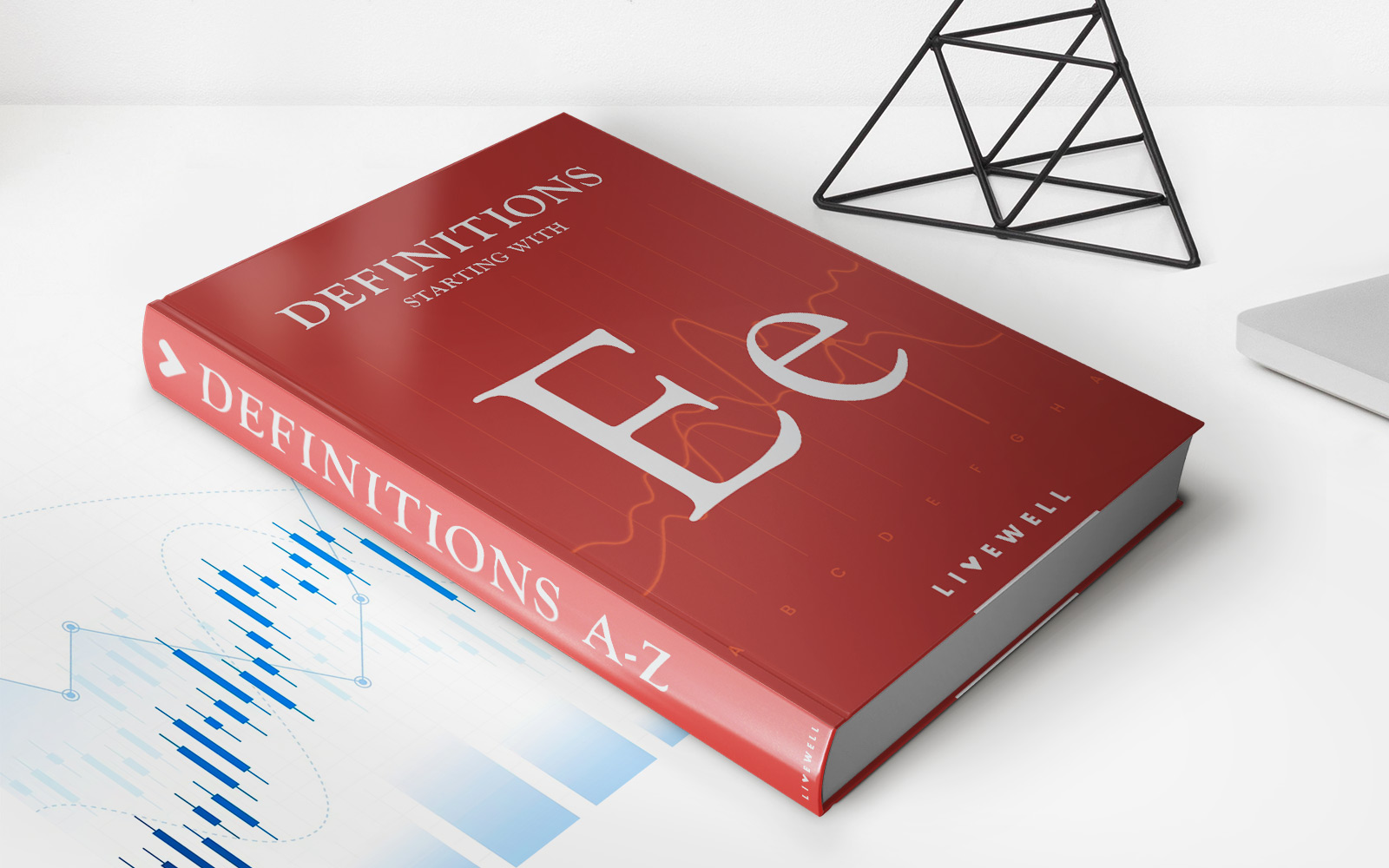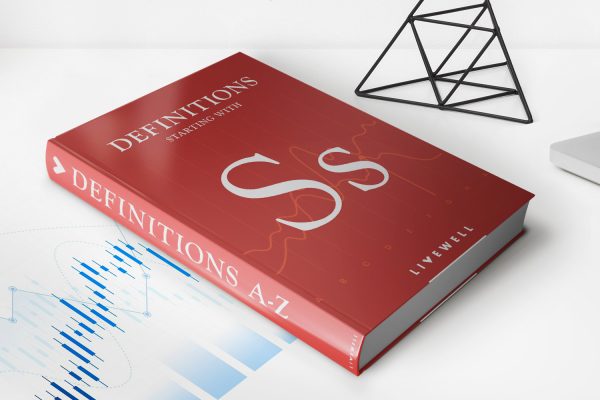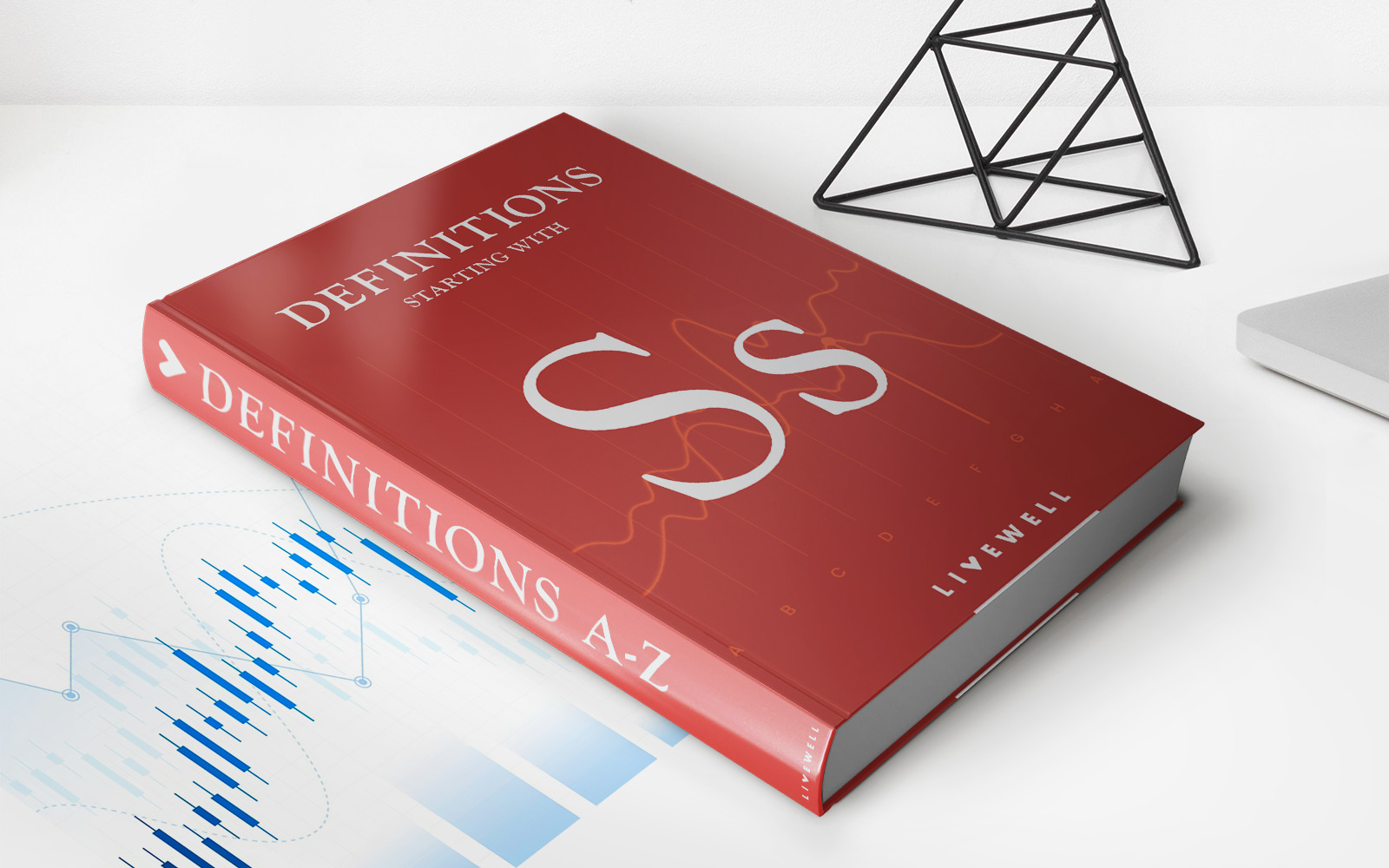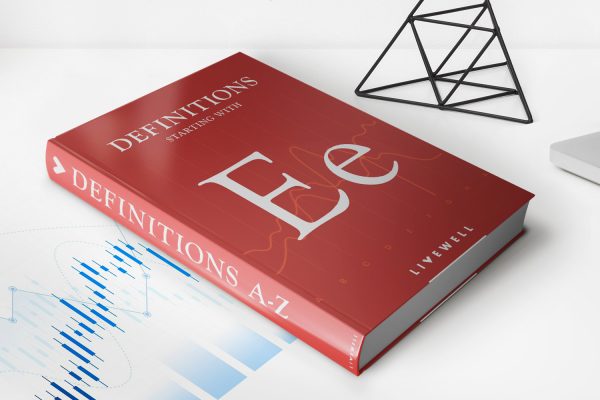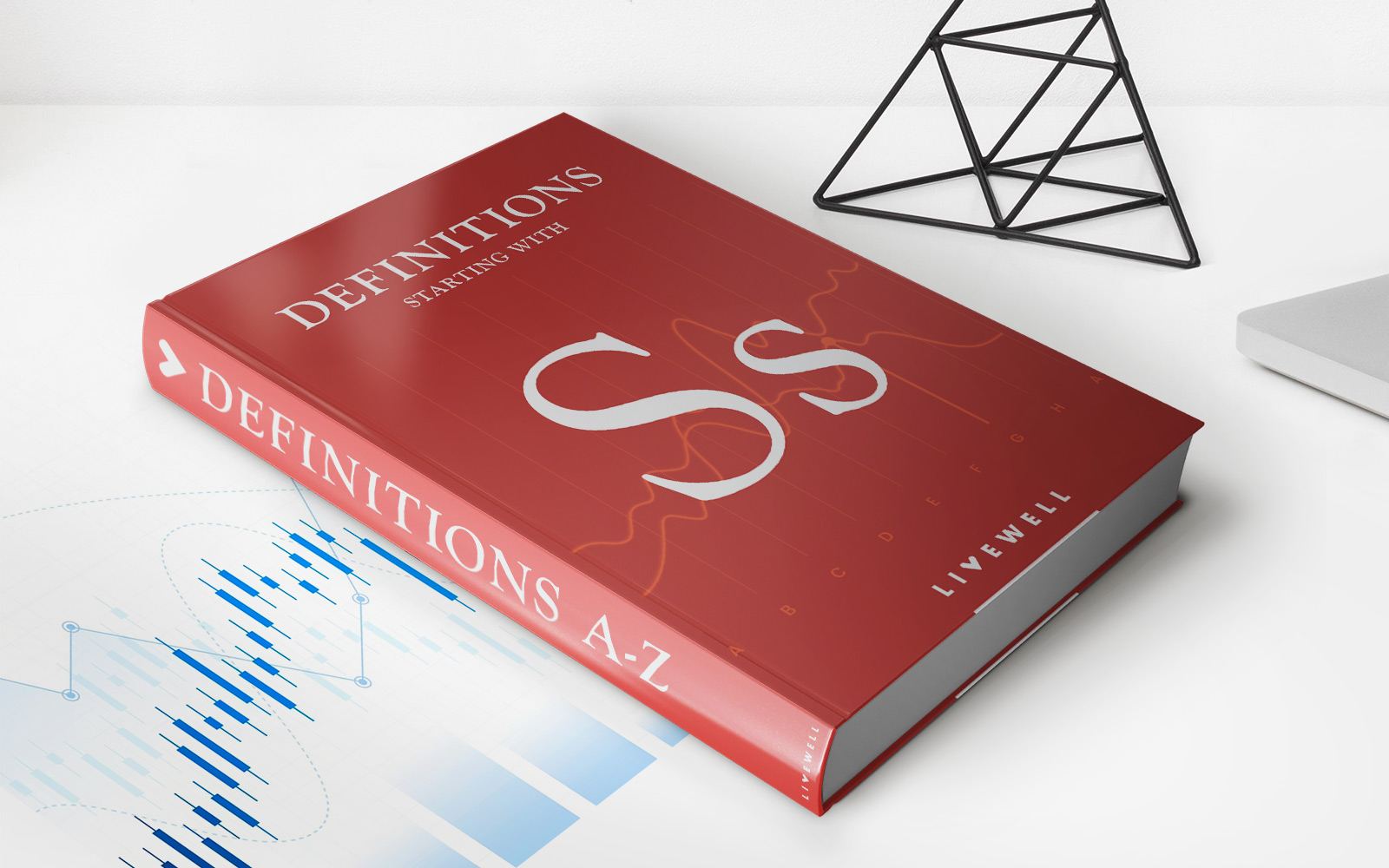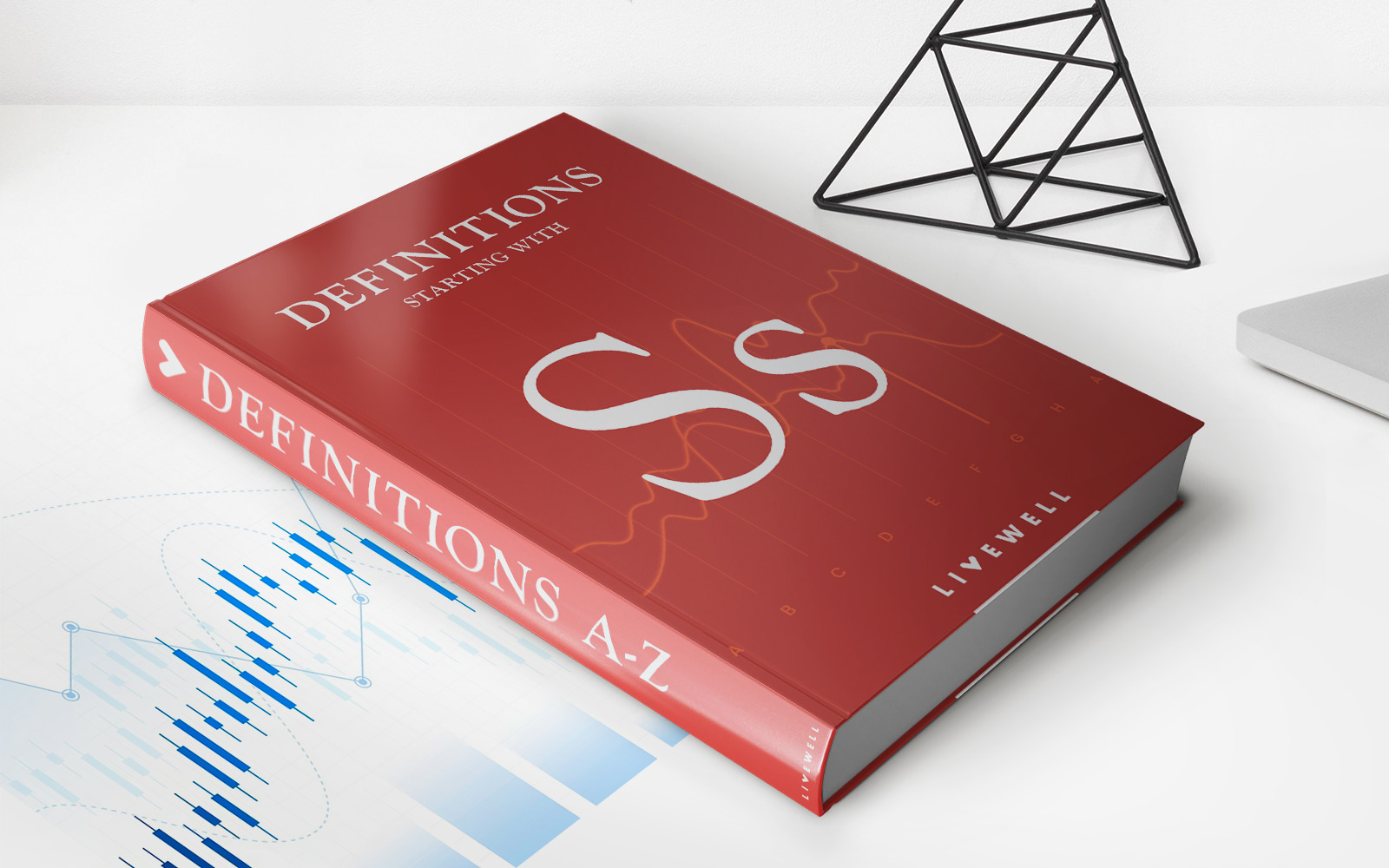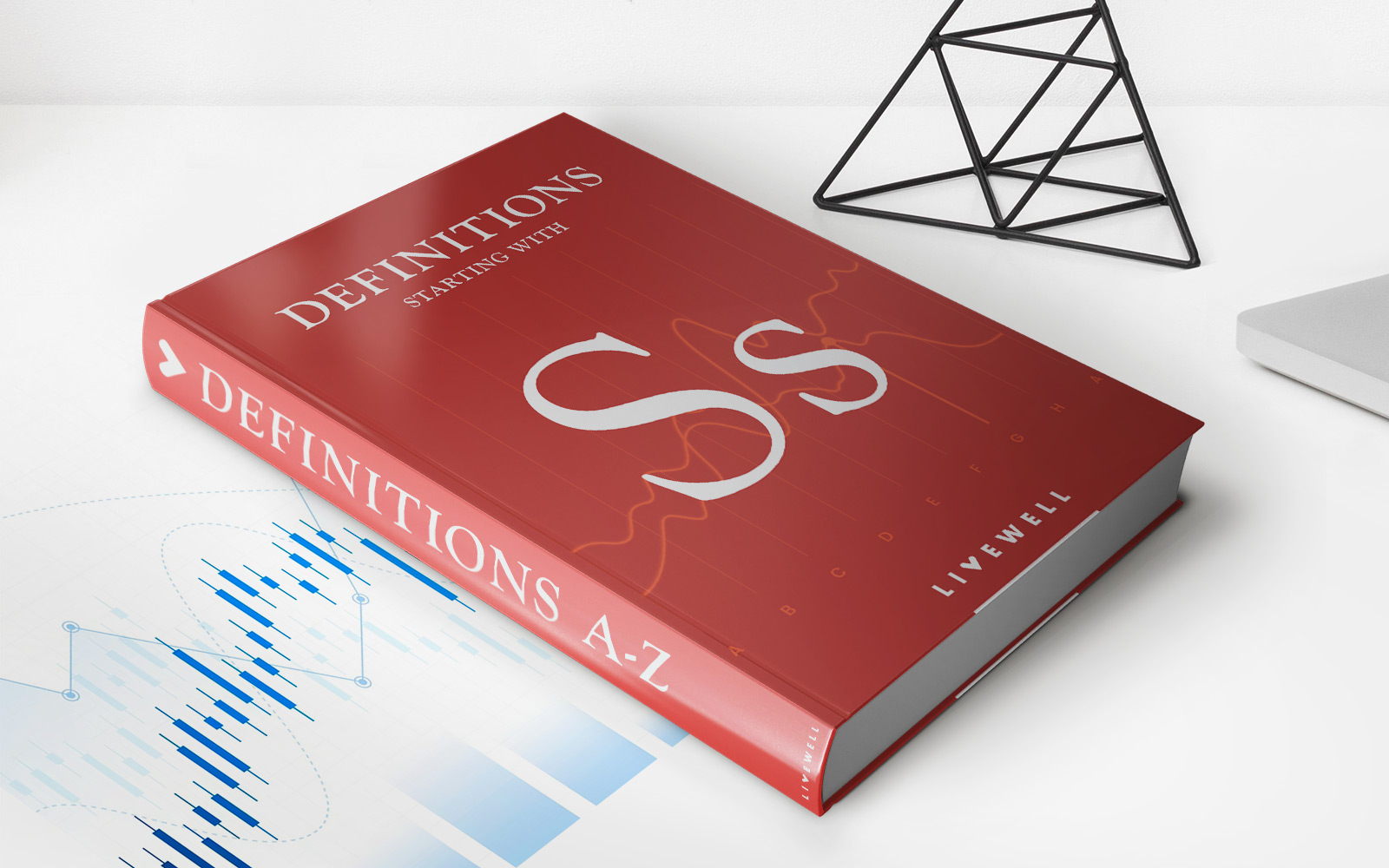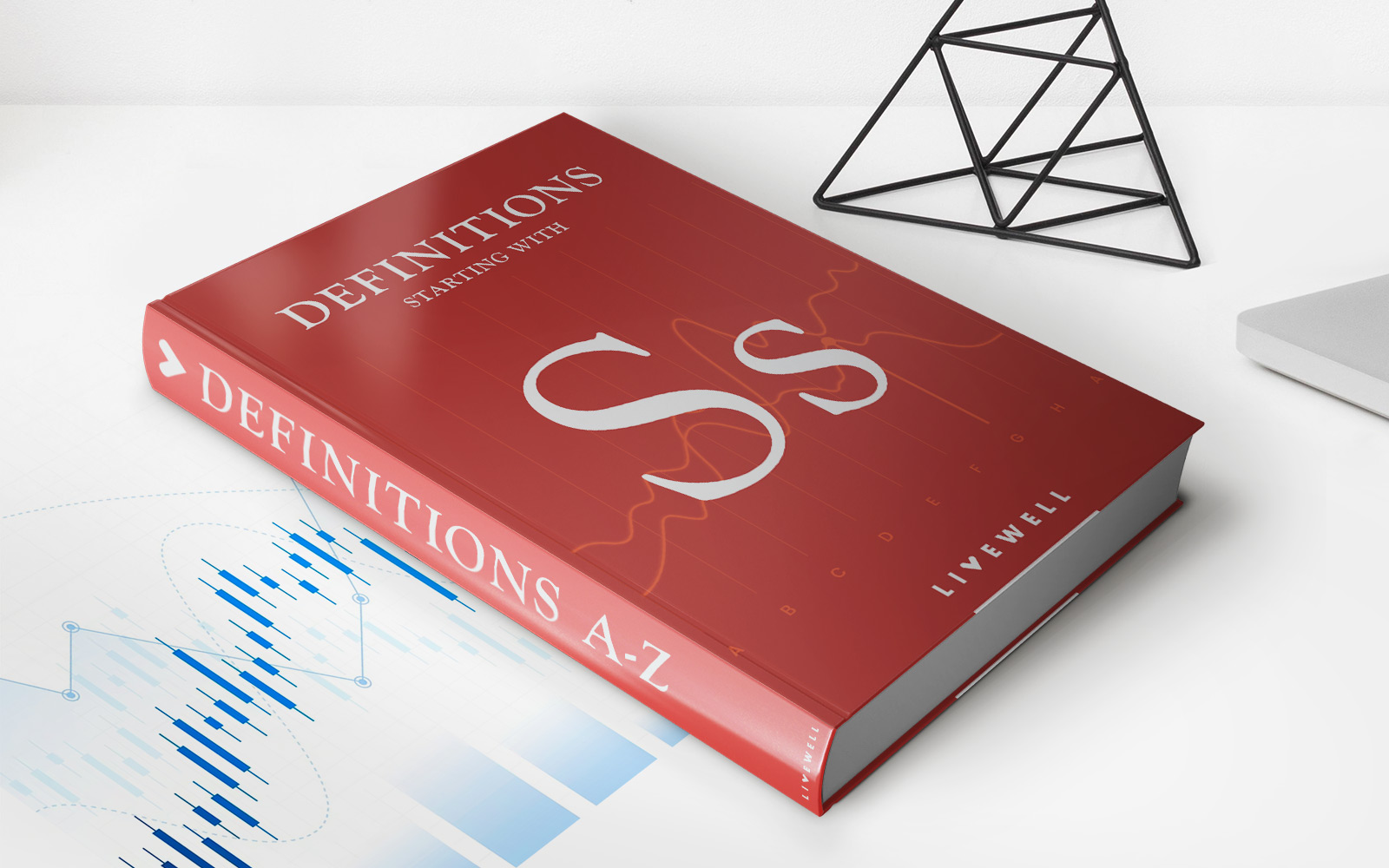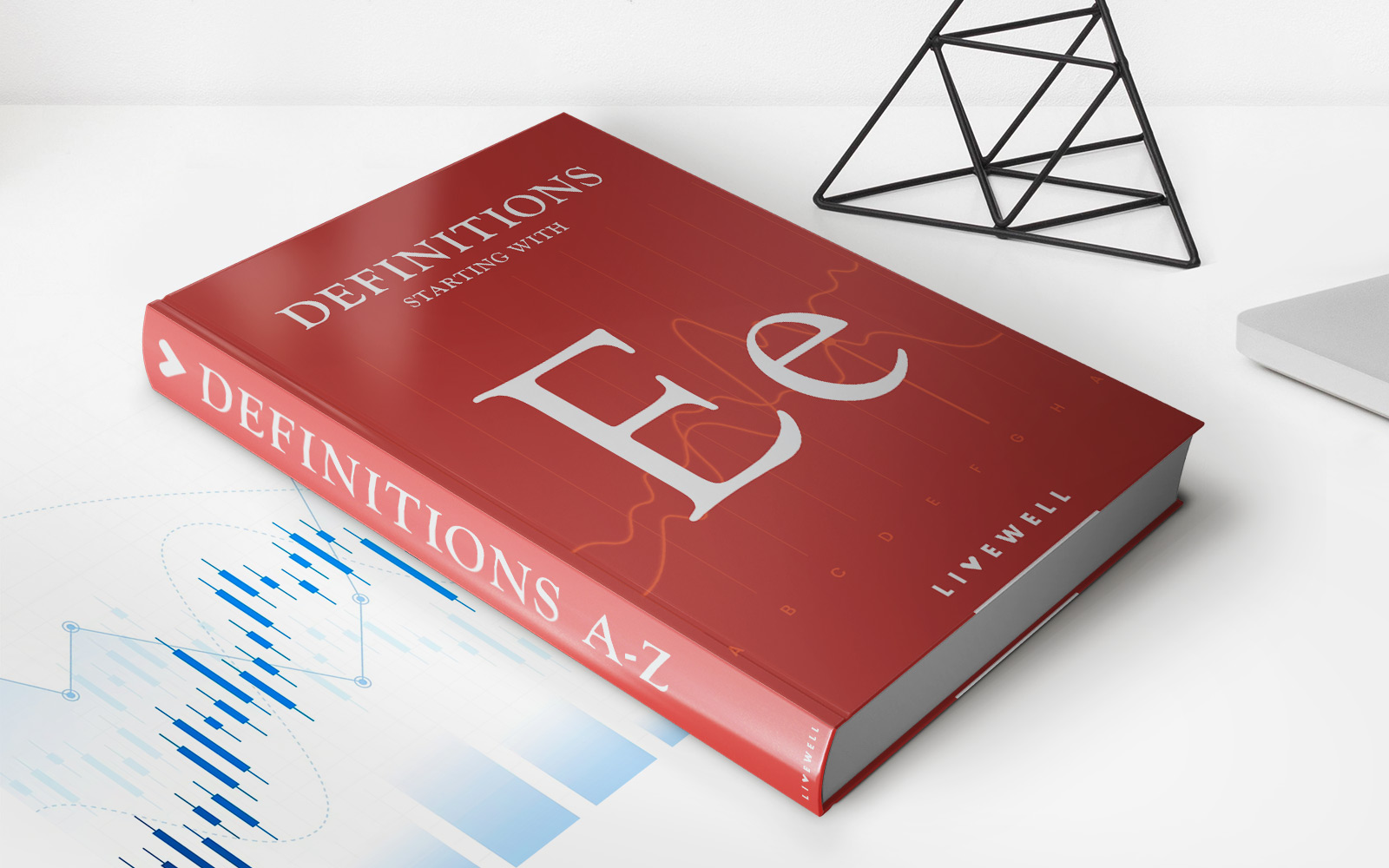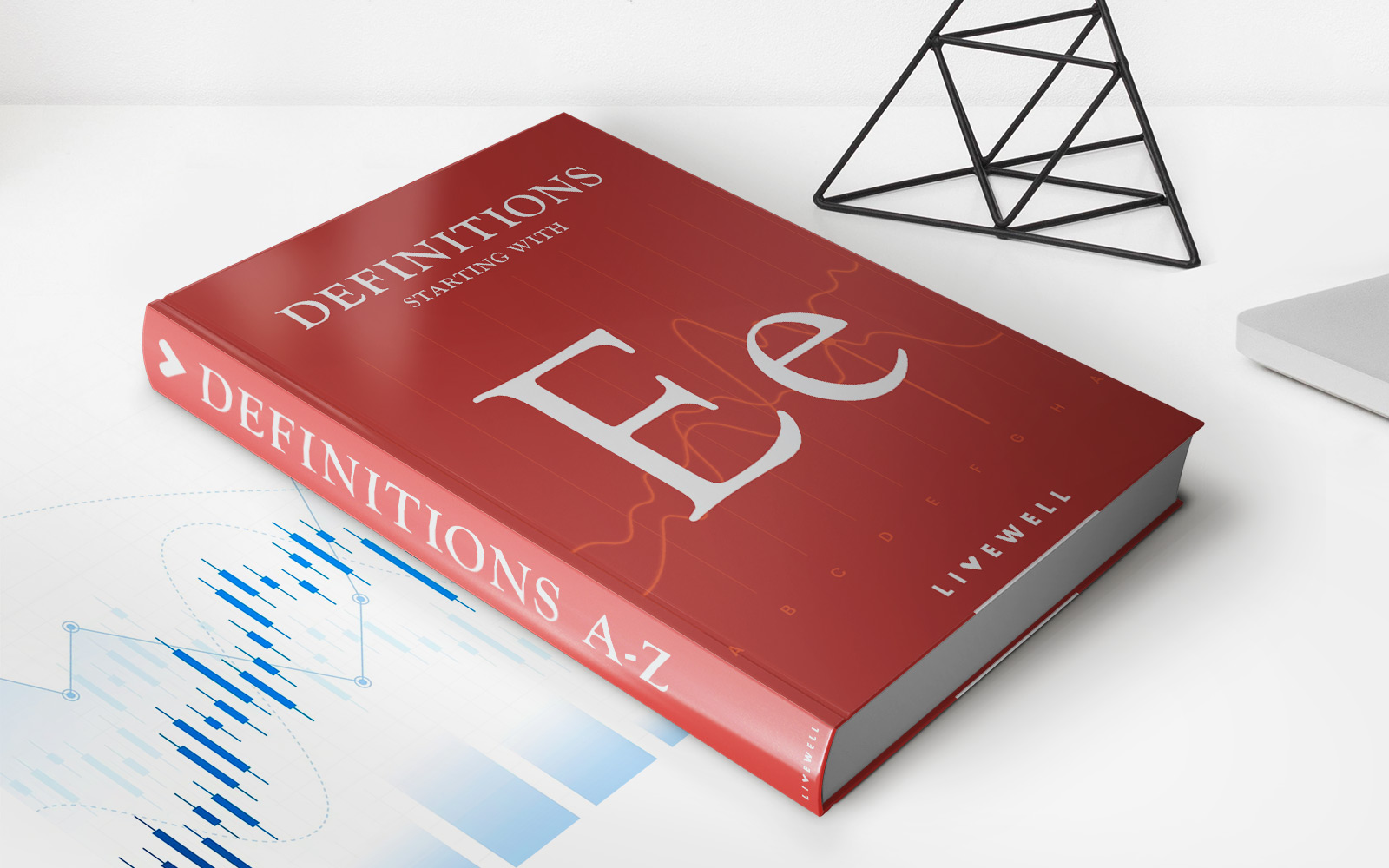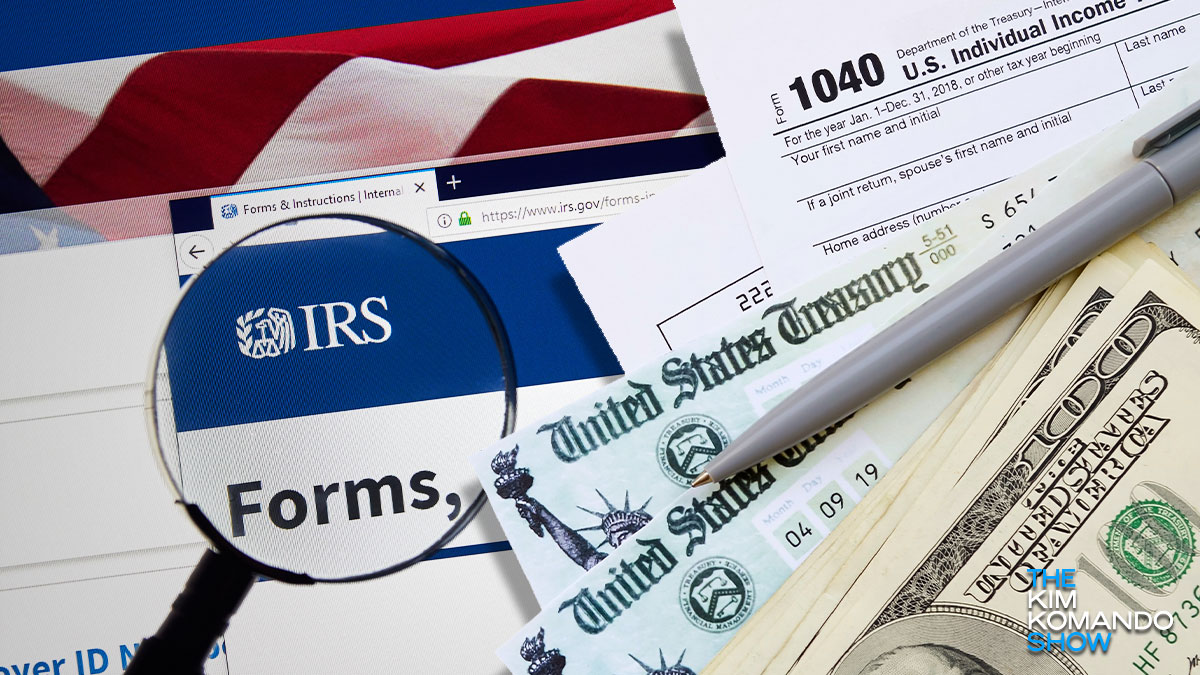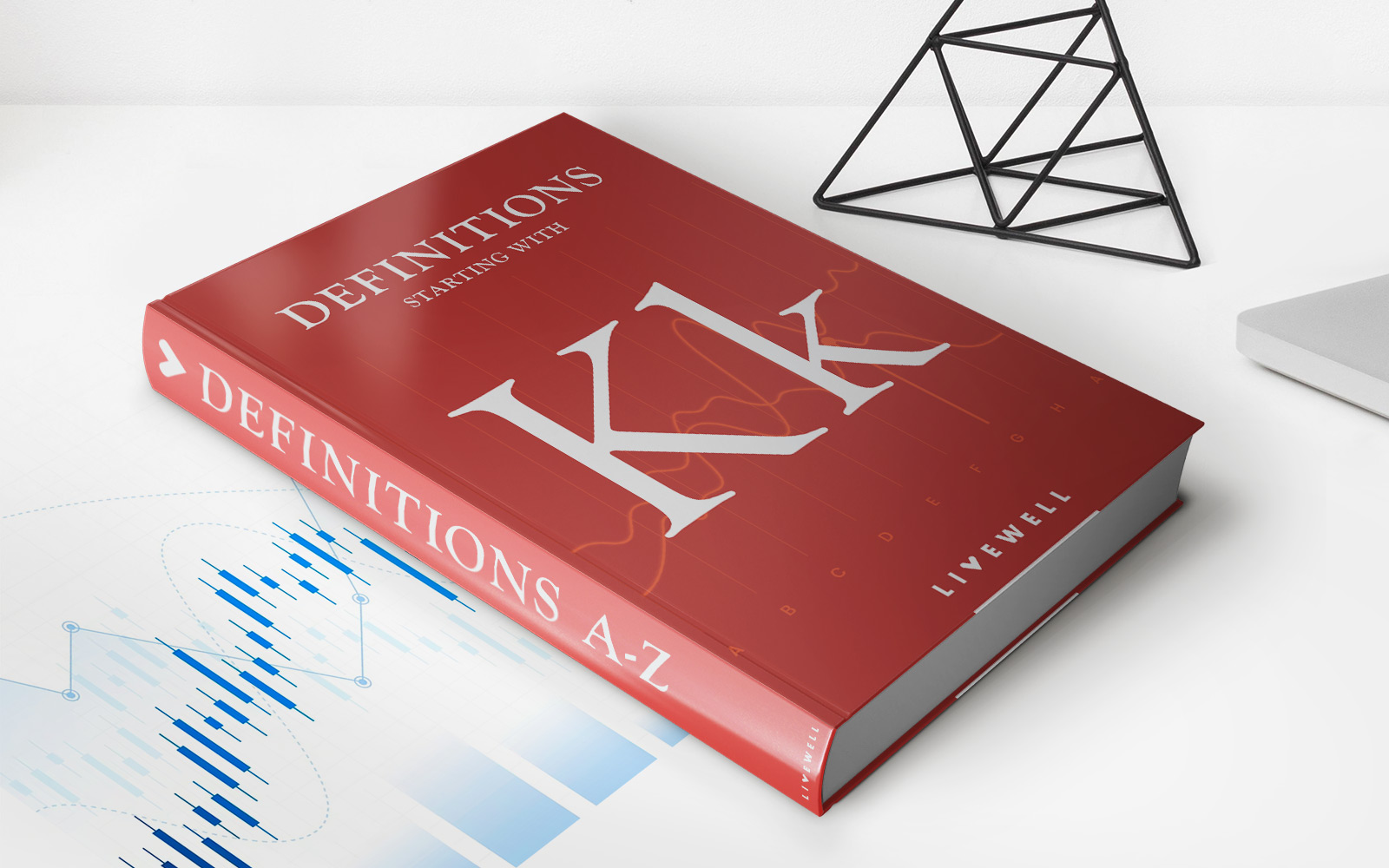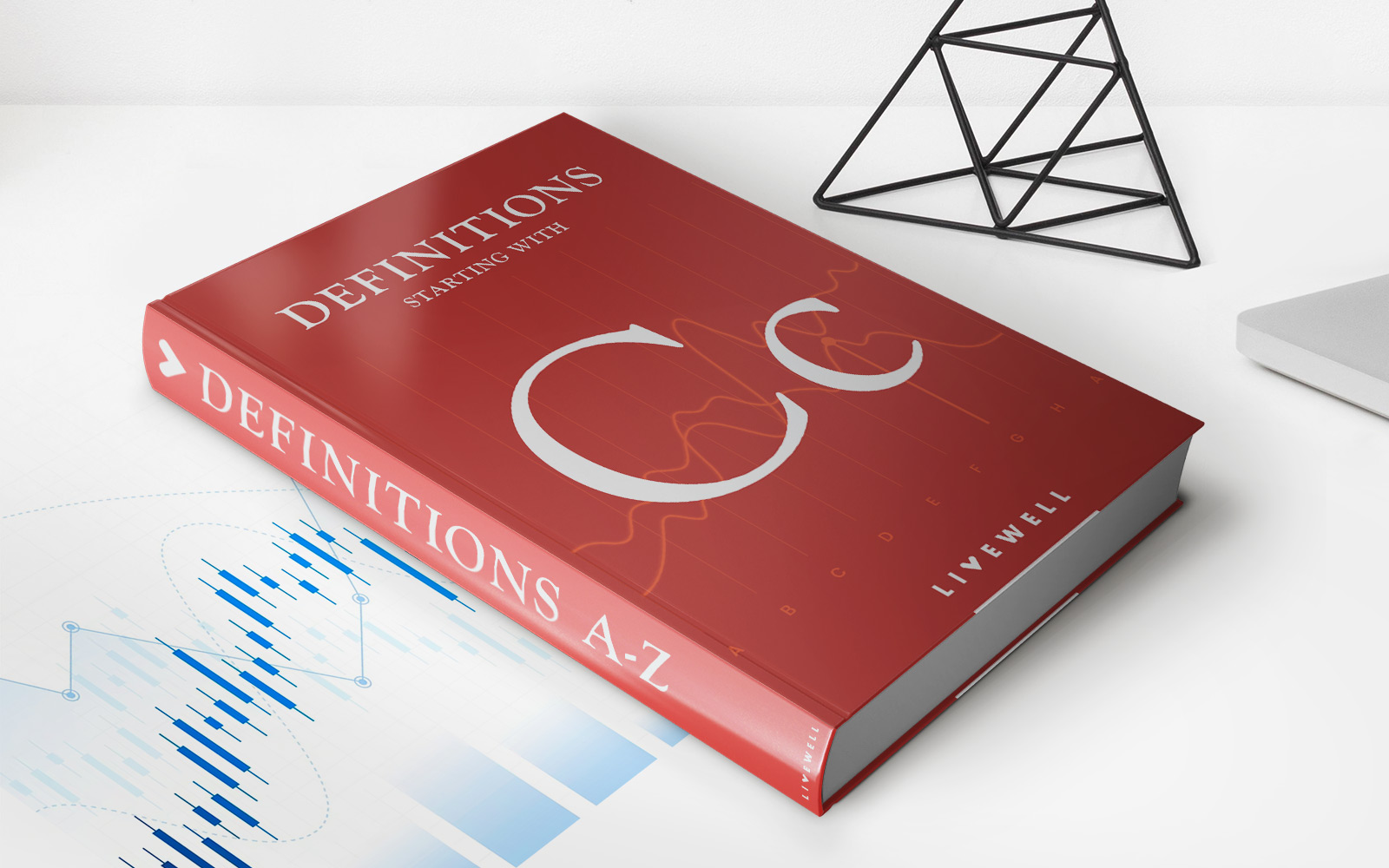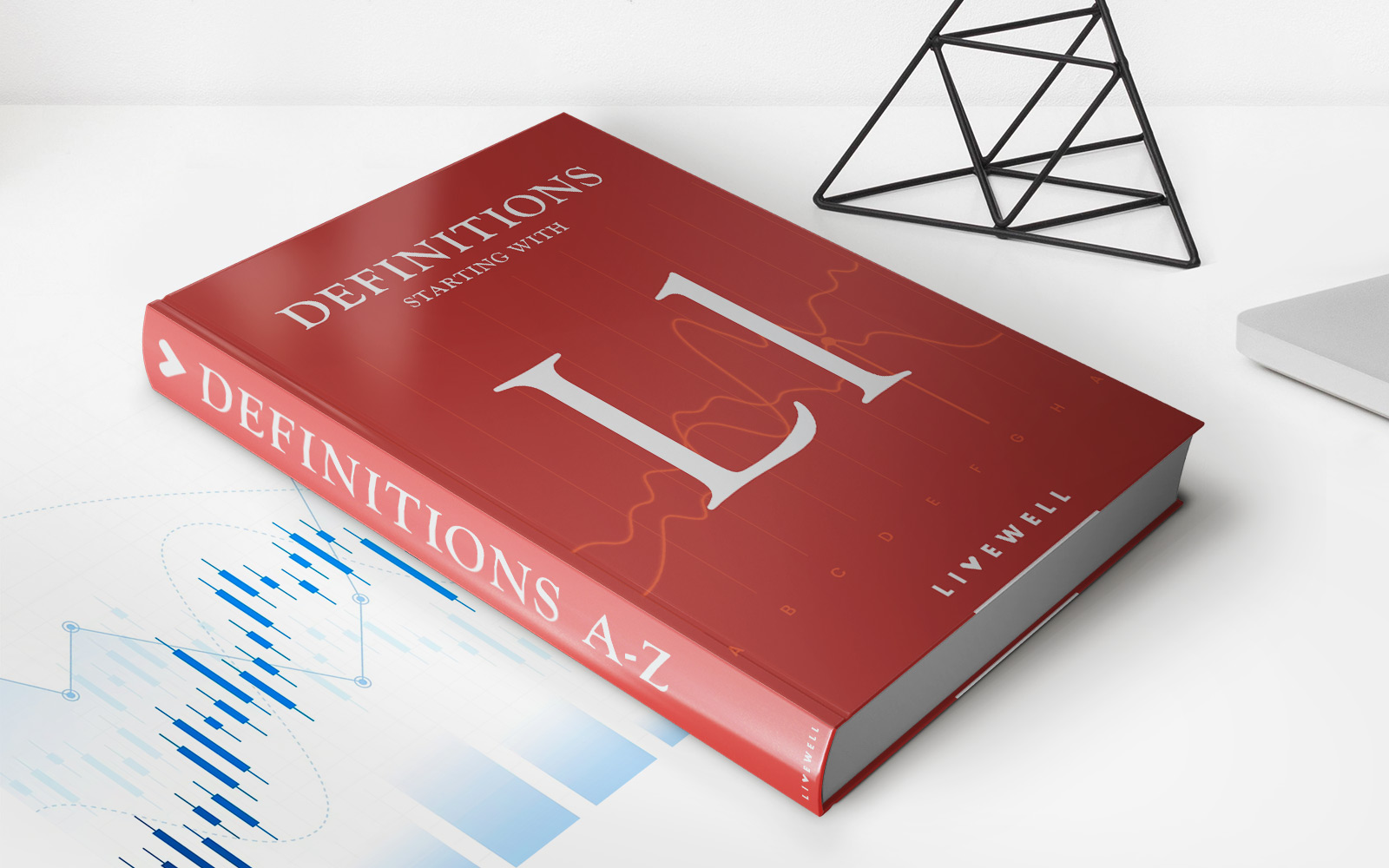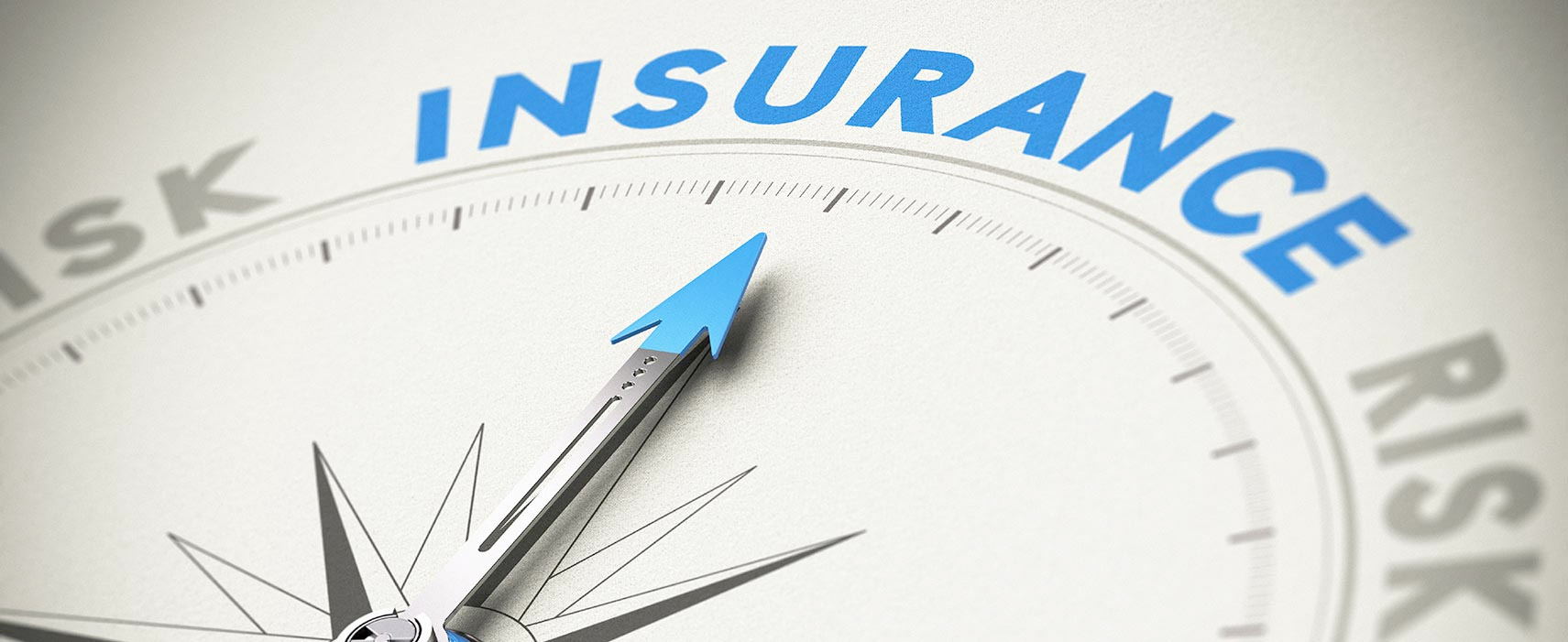

Finance
What Is E & S Insurance
Published: November 13, 2023
Learn about E & S Insurance and how it can help protect your finances. Find out what E & S Insurance is and why it is important in the world of finance.
(Many of the links in this article redirect to a specific reviewed product. Your purchase of these products through affiliate links helps to generate commission for LiveWell, at no extra cost. Learn more)
Table of Contents
Introduction
Welcome to the world of E & S insurance! In the realm of finance and risk management, E & S insurance is a term that often pops up. Its significance and benefits have made it a popular choice for businesses and individuals alike. In this article, we will delve into the intricate details of E & S insurance, exploring its definition, coverage, eligibility, market, and more.
E & S insurance, short for Excess and Surplus insurance, is a specialized form of coverage that caters to unique and high-risk exposures that standard insurance policies don’t typically cover. It is designed to offer protection when traditional insurance markets are unable or unwilling to provide coverage.
While conventional insurance companies operate within strict guidelines and underwriting standards, E & S insurance allows for more flexibility and tailored coverage options. It serves as a safety net for businesses and individuals who face non-standard risks or have unique insurance needs. In short, E & S insurance bridges the gap between standard coverage and specialized risks.
With E & S insurance, policyholders can obtain coverage for various risks, including but not limited to, high-value assets, insurable risks with adverse claims history, and emerging risks that are not yet fully understood by the insurance industry.
E & S insurance is not limited to a specific industry or sector. It can be utilized by businesses across various sectors, such as construction, manufacturing, hospitality, and transportation, as well as individuals with unique insurance requirements, such as high net worth individuals.
Definition of E & S Insurance
Excess and Surplus (E & S) insurance is a specialized form of coverage that is designed to provide insurance protection for risks that are not covered by traditional or standard insurance policies. It fills the gap when the standard insurance market is unable to provide coverage due to the unique nature or high-risk associated with the exposure.
E & S insurance is typically provided by non-admitted or surplus lines insurers. These insurers operate outside of the state insurance regulatory framework and are not subject to the same underwriting and rate regulations as admitted insurers. This allows them to offer more flexibility in terms of coverage and pricing.
The unique risks covered by E & S insurance can range from high-value commercial properties, niche industries, hard-to-place liability risks, and even unusual or high-risk personal exposures. These risks may have characteristics such as a poor claims history, little or no loss data, or complexities that make them challenging to underwrite in the standard insurance market.
When traditional insurers view these risks as too unconventional or risky to provide coverage, E & S insurers step in to fill the void. They have the expertise and risk appetite to assess and underwrite these non-standard risks effectively.
It’s important to note that E & S insurance is considered a last resort option. Policyholders are typically required to demonstrate proof of attempts to secure coverage in the standard market before seeking E & S insurance. It is meant to address coverage needs that cannot be met by traditional insurers, rather than being a substitute for standard insurance.
E & S insurance policies are generally tailor-made to meet the specific needs of the insured. This customization aspect allows for greater flexibility in coverage terms, conditions, and limits. The underwriting process for E & S insurance is more in-depth and may involve additional risk assessments and documentation compared to standard insurance policies.
Coverage and Benefits
E & S insurance provides coverage for a wide range of risks and exposures that are typically excluded or not easily covered by standard insurance policies. The coverage and benefits offered by E & S insurance can vary depending on the specific policy and the needs of the insured, but there are some common areas of coverage provided by E & S insurance policies:
- Property Coverage: E & S insurance can cover high-value properties, such as commercial buildings, industrial facilities, and specialty structures. This includes coverage for physical damage caused by events like fire, windstorm, or vandalism.
- Liability Coverage: E & S insurance offers liability protection for businesses and individuals for claims arising from bodily injury, property damage, or personal injury. This coverage can be tailored to specific industries or professions with unique liability risks.
- High-Risk Exposures: E & S insurance can provide coverage for high-risk exposures that are difficult to insure in the standard market. Examples include risks related to aviation, nuclear energy, environmental pollution, or construction projects with complex structures.
- Specialty Lines: E & S insurance includes coverage for specialty lines such as professional liability, directors and officers liability, product liability, and cyber liability. These coverages are designed to address specific risks faced by professionals, executives, businesses, and organizations.
- Surplus Lines: E & S insurance can also provide coverage for risks that exceed the limits offered by traditional insurance policies. It allows for additional coverage on top of existing policies or fills gaps where standard coverage falls short.
One of the key benefits of E & S insurance is the flexibility and customization it offers. Policies can be tailored to suit the unique needs and risks faced by the insured. This means that coverage, limits, deductibles, and policy terms can be adjusted to provide optimal protection. E & S insurers work closely with brokers and insureds to design policies that address specific risks and offer appropriate coverage.
Additionally, E & S insurance can offer faster turnaround times compared to the standard market. The underwriting process is more streamlined, and decisions can be made quickly to provide coverage for non-standard or time-sensitive risks. This can be especially beneficial for businesses and individuals who require coverage promptly or have complex and rapidly changing risk exposures.
Ultimately, E & S insurance provides a safety net for those facing unique risks and exposures. It offers tailored coverage that fills the gaps left by traditional insurance policies, providing peace of mind and protection for businesses and individuals alike.
Eligibility and Underwriting Process
While E & S insurance provides coverage for non-standard risks, not all businesses or individuals are automatically eligible for this type of insurance. E & S insurers have specific eligibility requirements and underwriting processes in place to assess the risks and determine if coverage can be provided. Here’s what you need to know:
Eligibility: E & S insurance is primarily designed for risks that are non-standard or high-risk in nature. This can include businesses or individuals in niche industries, those with poor claims history, or those with unique exposures. While there is no fixed set of eligibility criteria, it is crucial to demonstrate that attempts have been made to secure coverage in the standard insurance market before seeking E & S insurance.
Underwriting Process: The underwriting process for E & S insurance involves a deeper analysis of the risk compared to standard insurance policies. The insurer will evaluate factors such as the nature of the risk, claims history, loss control measures in place, and any unique characteristics or exposures. This process is often more detailed and may require additional documentation and information to accurately assess the risk.
Specialized Underwriters: E & S insurers typically have specialized underwriters who are experienced in analyzing and underwriting non-standard risks. They have a deeper understanding of unique industry-specific exposures and the ability to evaluate risks outside the standard insurance market’s comfort zone. These underwriters play a crucial role in assessing eligibility and providing tailored coverage options.
Insurance Brokers: Working with an insurance broker who is knowledgeable in the E & S market is essential. They can help navigate the complexities of E & S insurance and connect businesses or individuals with the right insurers who have expertise in their specific risk area. Insurance brokers act as intermediaries and advocates for policyholders throughout the underwriting process.
Risk Assessment: E & S insurers assess risks on a case-by-case basis. They consider factors such as the nature of the risk, loss experience, risk management strategies, and financial stability. This comprehensive evaluation helps them determine appropriate coverage terms, conditions, and pricing to meet the unique needs of each insured.
Premiums and Deductibles: E & S insurance premiums are typically higher than those of standard insurance policies due to the increased risk associated with non-standard exposures. Premiums and deductibles are highly dependent on the specifics of the risk being insured, and the underwriting process helps establish the appropriate pricing based on the risk assessment.
It’s important to note that while E & S insurance offers more flexibility and coverage options, it is critical to work with experienced insurance professionals who specialize in this market. They can help guide businesses and individuals through the eligibility requirements and underwriting process to secure the appropriate coverage.
Types of E & S Insurance Policies
E & S insurance provides coverage for a wide range of non-standard and high-risk risks, leading to the existence of various types of policies within this category. The types of E & S insurance policies offered can vary depending on the insurer and the specific needs of the insured. Here are some common types of E & S insurance policies:
- Commercial Property Insurance: This type of policy provides coverage for non-standard commercial properties that may have unique characteristics or higher risk exposures. It covers physical damage to buildings, equipment, inventory, and other property caused by covered perils like fire, theft, vandalism, or natural disasters.
- General Liability Insurance: General liability coverage under an E & S insurance policy protects businesses and individuals from claims of bodily injury, property damage, or personal injury caused by their operations. It is tailored to industries or professions with specialized liability risks that may not be adequately covered by standard insurance.
- Professional Liability Insurance: Also known as Errors and Omissions (E&O) insurance, this policy covers professionals, such as doctors, lawyers, architects, engineers, and consultants, against claims arising from professional negligence or wrongful advice. E & S insurance provides specialized professional liability coverage for those in high-risk or hard-to-insure professions.
- Directors and Officers (D&O) Liability Insurance: D&O insurance protects directors and officers of companies from claims alleging errors, breaches of fiduciary duty, or mismanagement. E & S insurance policies can offer D&O coverage for organizations with unique risk exposures or those facing challenges securing coverage in the standard market.
- Product Liability Insurance: E & S insurance offers product liability coverage for manufacturers, distributors, and retailers of products, especially those with unique or high-risk characteristics. It protects against claims arising from bodily injury or property damage caused by a defective product.
- Excess Liability Insurance: Excess liability policies (also known as umbrella policies) provide additional liability coverage that exceeds the limits of primary liability policies. E & S insurers offer excess liability coverage to bridge the gap between standard primary policies and the desired higher limits of liability.
- Specialty Coverage: E & S insurance can also provide specialized coverage for unique risks not typically covered by standard policies. This can include coverage for events, cyber liability, environmental pollution, kidnap and ransom, terrorism, or other emerging risks that may not be fully understood by the traditional insurance market.
These are just a few examples of the types of E & S insurance policies available. The coverage and specific policy forms can be tailored to the unique needs and risk exposures of the insured, ensuring that the policy provides comprehensive protection that aligns with the insured’s risk profile.
Working with an experienced insurance broker who specializes in E & S insurance is crucial to determine the most appropriate type of policy for your specific risk. They can help assess your risk profile and guide you in selecting the right coverage options to meet your insurance needs.
E & S Insurance Market
The E & S insurance market plays a vital role in the insurance industry by providing coverage for non-standard and high-risk risks that traditional insurers may not cover. The E & S market operates differently from the standard insurance market and offers unique opportunities and challenges. Here’s an overview of the E & S insurance market:
Specialization and Expertise: E & S insurers specialize in underwriting risks that fall outside the scope of standard insurance policies. They possess extensive knowledge and expertise in specific industries or high-risk exposures, allowing them to assess and underwrite non-standard risks effectively. This specialization enables them to provide coverage tailored to the unique needs of the insured.
Flexibility and Customization: Unlike standard insurance policies with predefined terms and conditions, E & S insurance policies offer greater flexibility. They can be customized to meet the specific risk exposures faced by businesses and individuals. This flexibility allows for tailored coverage, higher policy limits, and unique endorsements to address the specific needs of the insured.
Non-Admitted or Surplus Lines: E & S insurance is typically offered by non-admitted or surplus lines insurers. These insurers operate outside of the state insurance regulatory framework and are not subject to the same underwriting and rate regulations as admitted insurers. This flexibility empowers E & S insurers to take on higher-risk exposures that standard insurers may decline or be restricted from covering.
Access to Specialty Risks: The E & S market provides access to specialty risks that are often underserved by traditional insurers. It offers coverage for emerging risks, niche industries, complex construction projects, high-value assets, and other unique exposures. This allows businesses and individuals to obtain the coverage needed to protect their operations and assets.
Evolving Market Conditions: The E & S insurance market is dynamic and adaptive. It responds to changing market conditions, emerging risks, and evolving industry needs. As the world of business and risk evolves, E & S insurers continuously assess and adjust their underwriting approach to address new challenges and opportunities.
Distribution through Insurance Brokers: E & S insurance is primarily distributed through insurance brokers who specialize in this market. These brokers work closely with insureds, understanding their unique risks and connecting them with the appropriate E & S insurers. They act as intermediaries, advocating for the insureds and helping them navigate the complexities of the E & S market.
Capacity and Market Dynamics: The capacity of the E & S insurance market can fluctuate based on market conditions and events. As the risk landscape changes, E & S insurers may expand or contract their appetite for certain types of risks. This can impact pricing, underwriting criteria, and overall market dynamics.
Overall, the E & S insurance market provides valuable solutions for businesses and individuals facing non-standard risks. It fills the gaps left by standard insurance policies, offering coverage that is tailored to unique exposures. By working with experienced insurance brokers specializing in E & S insurance, insureds can access the expertise and resources needed to address their specific risk profile.
Advantages and Disadvantages of E & S Insurance
E & S insurance offers several advantages for businesses and individuals seeking coverage for non-standard and high-risk risks. However, like any insurance product, there are also some disadvantages to consider. Here are the key advantages and disadvantages of E & S insurance:
Advantages:
- Specialized Coverage: E & S insurance provides tailored coverage that addresses unique risk exposures. It offers protection that may not be available through standard insurance policies, allowing businesses and individuals to obtain comprehensive coverage suited to their specific needs.
- Flexibility: E & S insurance policies can be customized to meet the specific requirements of the insured. This flexibility extends to coverage terms, limits, and endorsements, providing greater control over the insurance coverage obtained.
- Access to High-Risk Exposures: The E & S market allows coverage for risks that traditional insurers may view as too risky or unconventional. It provides a solution for businesses and individuals with specialized or high-risk exposures, enabling them to obtain necessary coverage.
- Fast Turnaround: The underwriting process for E & S insurance is often streamlined, allowing for quicker decision-making and policy issuance. This can be advantageous for businesses or individuals with time-sensitive coverage needs or those in rapidly changing industries.
- Competitive Pricing: Although E & S insurance premiums tend to be higher than standard policies due to increased risk, the market’s competitiveness can lead to more competitive pricing options. Insureds can work with insurance brokers to obtain the best possible coverage at a reasonable cost.
Disadvantages:
- Potential Higher Costs: E & S insurance premiums can be higher compared to standard insurance policies due to the increased risk associated with non-standard exposures. This may result in additional costs for businesses or individuals seeking E & S coverage.
- Limited Market Capacity: The capacity of the E & S insurance market can fluctuate based on market conditions and events. This may lead to limited availability of coverage for certain risks or industries during times of increased demand or market disruptions.
- Regulatory Differences: E & S insurance is provided by non-admitted or surplus lines insurers, which operate outside the state insurance regulatory framework. This means that policyholders may have different protections and recourse compared to traditional policies issued by admitted insurers.
- Potential Underwriting Stringency: E & S insurers may have more rigorous underwriting processes compared to standard insurers due to the unique risks they cover. This can lead to a more in-depth assessment of the risk, requiring additional documentation and information from the insured.
- Dependence on Insurance Brokers: Accessing E & S insurance requires working with insurance brokers who specialize in this market. While brokers can provide valuable guidance, expertise, and support, there is a level of reliance on their knowledge and understanding of the E & S market.
It’s important for businesses and individuals to carefully evaluate the advantages and disadvantages of E & S insurance in relation to their risk profile and specific insurance needs. Working with experienced insurance professionals specializing in E & S insurance can help navigate the complexities and make informed decisions regarding coverage.
Common Misconceptions about E & S Insurance
E & S insurance is a specialized form of coverage that often comes with its fair share of misconceptions. These misconceptions can lead to misunderstandings and prevent businesses and individuals from fully leveraging the benefits of E & S insurance. Let’s address some of the common misconceptions surrounding E & S insurance:
Misconception 1: E & S insurance is only for hard-to-place risks. While E & S insurance does provide coverage for high-risk or unconventional risks, it is not limited to just hard-to-place risks. Businesses and individuals across various industries can benefit from E & S insurance to obtain tailored coverage that fills the gaps left by standard insurance policies.
Misconception 2: E & S insurance is too expensive. While it is true that E & S insurance premiums tend to be higher than standard policies due to the increased risk exposure, the market’s competitiveness can lead to cost-effective options. Working with experienced insurance brokers can help businesses and individuals obtain the best possible coverage at competitive prices.
Misconception 3: E & S insurance is of lower quality than standard insurance. In reality, E & S insurance policies can offer equal or even higher coverage than standard policies. The difference lies in the specificity and customization of coverage. E & S insurance policies are tailored to address non-standard risks, providing comprehensive and appropriate coverage for the insured.
Misconception 4: E & S insurance is not regulated. While E & S insurance is provided by non-admitted or surplus lines insurers that operate outside the state insurance regulatory framework, it doesn’t mean that it is unregulated. Non-admitted insurers are still subject to certain regulations and oversight to ensure compliance and consumer protection.
Misconception 5: Standard insurance policies cover all risks. Standard insurance policies have limitations and exclusions, leaving certain risks and exposures uncovered. E & S insurance fills these gaps, providing coverage for risks that fall outside the scope of standard policies. It ensures that businesses and individuals have comprehensive protection tailored to their specific needs.
Misconception 6: E & S insurance is only for large corporations. E & S insurance is not limited to large corporations. It is also available for small and medium-sized businesses, as well as individuals with unique risk profiles. The E & S market offers coverage options for various industries and risk exposures, allowing businesses and individuals of all sizes to access specialized coverage.
Misconception 7: E & S insurance is difficult to obtain. While E & S insurance has its own eligibility and underwriting process, it is not inherently difficult to obtain coverage. Working with insurance brokers who specialize in the E & S market streamlines the process, as they have the expertise to navigate the complexities and connect businesses and individuals with E & S insurers who can meet their specific needs.
By debunking these misconceptions, businesses and individuals can have a clearer understanding of E & S insurance and how it can benefit them. It is important to consult with experienced insurance professionals who specialize in E & S insurance to ensure accurate information and make informed decisions about coverage.
Conclusion
E & S insurance, also known as Excess and Surplus insurance, fills a crucial gap in the insurance market by providing coverage for non-standard and high-risk risks. It offers specialized solutions for businesses and individuals who face unique exposures and require tailored coverage options. Despite some common misconceptions, E & S insurance offers several advantages, including flexibility, specialized coverage, and access to high-risk exposures that are typically excluded or not easily covered by standard insurance policies.
E & S insurance policies can be customized to meet the specific needs of the insured, providing comprehensive protection that aligns with the risk profile. While E & S insurance premiums may be higher than standard policies, the market’s competitiveness can often result in cost-effective coverage options. Working with experienced insurance brokers who specialize in E & S insurance is essential to navigate the complexities and secure the most appropriate coverage.
It is important to understand that while E & S insurance offers valuable coverage solutions, it does come with its own underwriting processes and eligibility criteria. Demonstrating attempts to secure coverage in the standard market before seeking E & S insurance is typically required. The underwriting process may be more detailed and involve additional documentation to accurately assess the risk.
In conclusion, E & S insurance plays a critical role in providing coverage for non-standard risks and addressing the unique needs of businesses and individuals. By partnering with insurance professionals who specialize in E & S insurance, businesses and individuals can gain access to the expertise and customized solutions needed to protect their assets, operations, and financial well-being.
